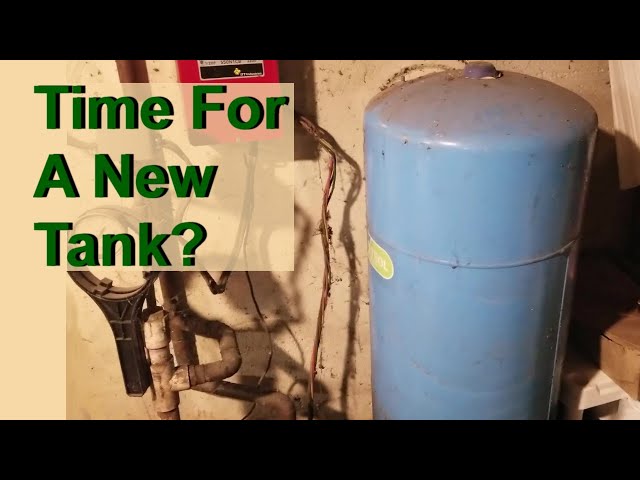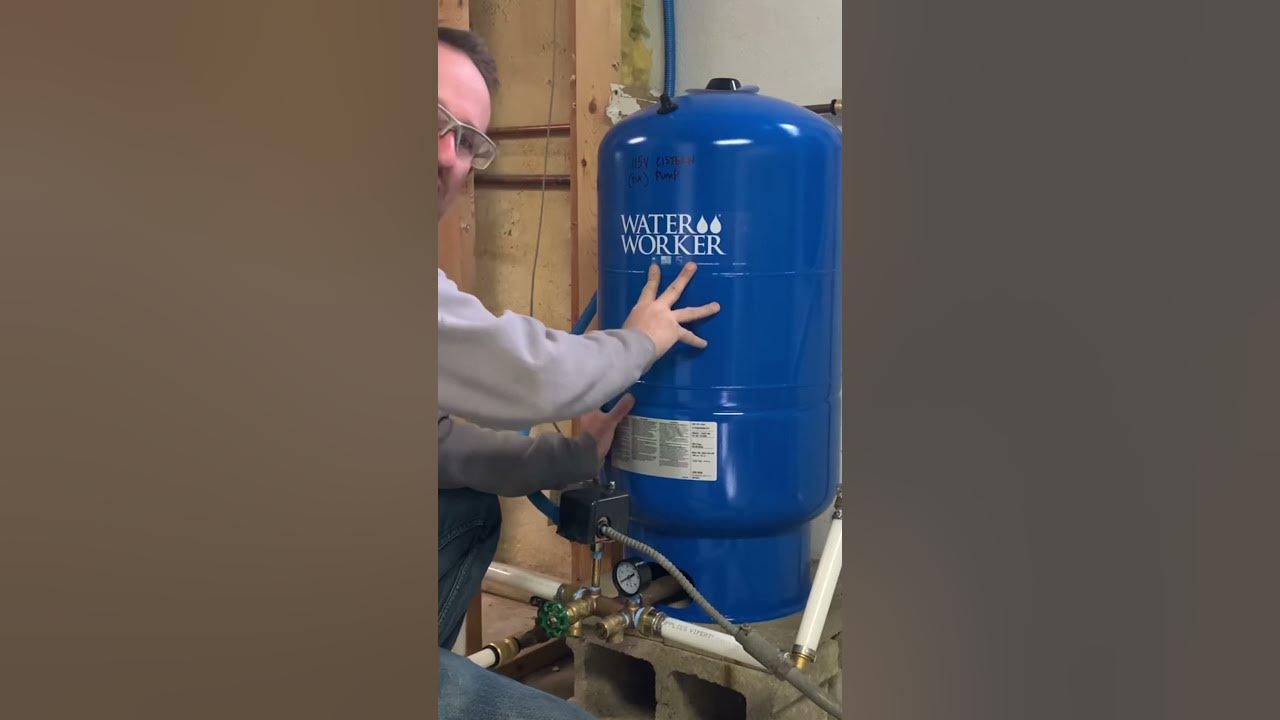Okay, so the other day I started noticing some weird stuff happening with my water. The pressure was all over the place – sometimes a trickle, sometimes a blast. It was driving me nuts! I figured it might be the well pressure tank, but I wasn’t totally sure. So, I did what anyone would do: I rolled up my sleeves and got to investigating.
Figuring Out the Problem
First things first, I wanted to see if the problem was actually the tank. Here’s what tipped me off:
- Short cycling: My pump was turning on and off way too often, like every few seconds. That’s a classic sign of a wonky pressure tank.
- Water pressure fluctuations: Like I said, one minute it was a dribble, the next it was like a fire hose. Not fun when you’re trying to take a shower!
- Spitting faucets: Sometimes, when I turned on the tap, I’d get air sputtering out before the water came. That’s not normal.
Checking the Tank
So, armed with my suspicions, I headed down to the basement where the tank lives. Here’s my step-by-step check:

- The “knock” test:
I gave the tank a good rap with my knuckles. The top part should sound hollow (that’s where the air is), and the bottom should sound solid (where the water is). Mine sounded pretty hollow all the way down, which was a red flag. Also, it gives a dull sound when I knocked on the top.
- Checking the air pressure:
I found the air valve on the tank (it looks like the one on your car tire). I grabbed my trusty tire pressure gauge and checked the pressure. It should be a couple of PSI below the cut-in pressure of your pump (you can find that on the pump’s pressure switch). Mine was way, way low.
- Looking for leaks:
I inspected the tank carefully for any signs of water leaking. I didn’t see any, which was good, but it didn’t rule out an internal problem.
My Verdict (and What I Did)
Based on my little investigation, I was pretty sure my pressure tank was shot. The low air pressure and the hollow sound were the biggest giveaways. It seemed like the internal bladder (the thing that separates the air and water) had probably ruptured.
I ended up calling a local well guy. He confirmed my diagnosis – the tank was indeed bad. He swapped it out for a new one, and boom! Problem solved. Water pressure is back to normal, and the pump is cycling like it should.
I should replace it, because it is bad, it took me around 150$ to buy a new one.

So, that’s my story of how I figured out my well pressure tank was on the fritz. Hopefully, this little walkthrough helps someone else out there! It’s not rocket science, but a little know-how can save you a big headache (and a potentially expensive repair bill if you let the problem go too long).















